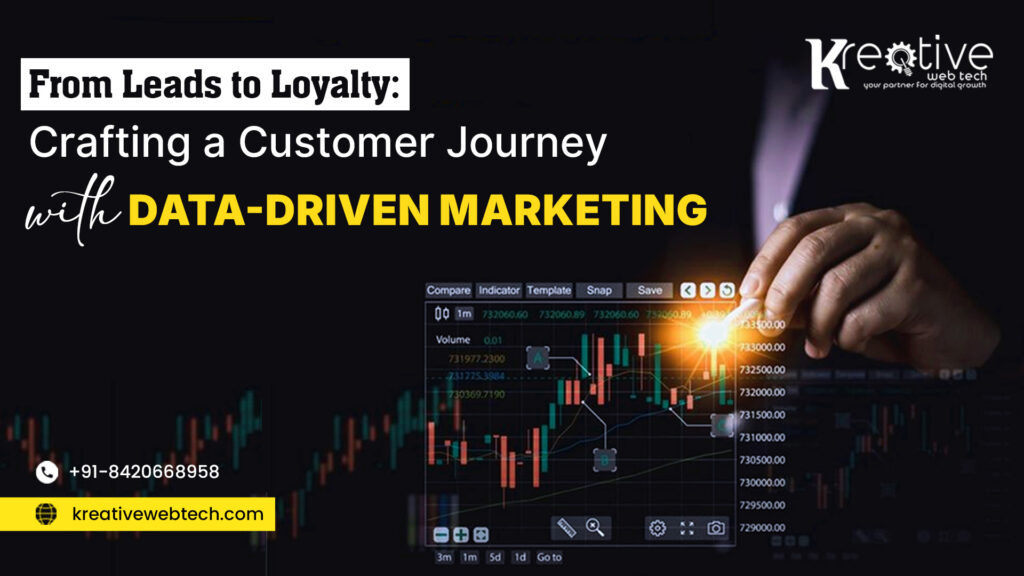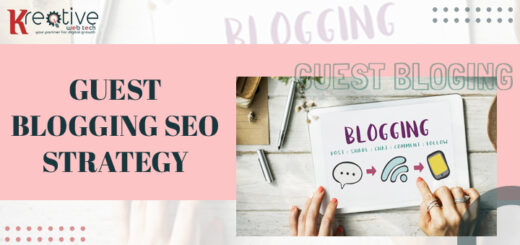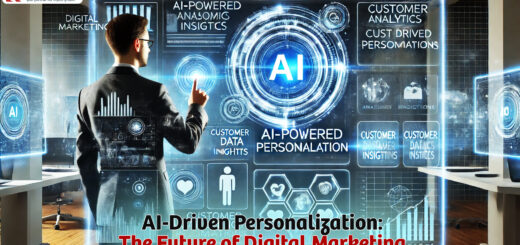From Leads to Loyalty: Crafting a Customer Journey with Data-Driven Marketing

In today’s hyper-connected digital landscape, customer loyalty isn’t a given—it’s earned. Gone are the days when a simple discount or loyalty card could secure a customer’s long-term commitment. Instead, businesses must cultivate meaningful relationships through personalized experiences, a feat made possible by data-driven marketing. The art of turning fleeting leads into lifelong brand advocates requires a mix of strategic insights, technological tools, and a human touch.
The Power of Data in Shaping Customer Journeys
Imagine walking into a store where the salesperson knows exactly what you like, what you’ve purchased before, and what you might need next. This personalized experience feels welcoming, even magical. Data-driven marketing aims to replicate this intimacy at scale.
From the first touchpoint to the final purchase (and beyond), data reveals the preferences, behaviors, and needs of your customers. This treasure trove of information allows businesses to map out the customer journey—from awareness to advocacy—ensuring each step feels intentional and tailored.
1. Understanding the Customer Journey
The customer journey can be broadly divided into five stages:
- Awareness: Your customer learns about your brand.
- Consideration: They weigh your offerings against competitors.
- Conversion: They make a purchase.
- Retention: They return for repeat business.
- Advocacy: They recommend your brand to others.
Data-driven marketing doesn’t just monitor these stages—it optimizes them. By leveraging analytics tools, businesses can uncover patterns that reveal what resonates with their audience, what turns them off, and what keeps them coming back.
2. Building Awareness: Targeted Marketing at Its Best
Awareness is the starting line, and precision targeting is the key to breaking through the noise. Data sources such as social media analytics, search engine queries, and demographic reports help businesses:
- Identify their ideal audience: What age, location, and interests define your core customers?
- Select the right platforms: Should you focus on Instagram ads, LinkedIn posts, or email campaigns?
- Craft compelling messages: Use language that speaks directly to the audience’s needs and aspirations.
For example, Netflix uses viewing data to recommend shows tailored to individual users, often sparking interest in programs they didn’t even know they’d enjoy.
3. Nurturing Consideration: The Role of Personalization
At the consideration stage, potential customers are seeking reasons to trust your brand. Here’s where personalization—powered by data—becomes a game-changer. Tools like customer relationship management (CRM) software and email automation allow businesses to:
- Segment audiences: Group customers by behavior, interests, or buying patterns.
- Deliver tailored content: Recommend products or services based on browsing history.
- Engage through dynamic pricing: Offer discounts or bundles to incentivize purchase decisions.
Consider Spotify’s annual “Wrapped” campaign. By presenting users with a personalized recap of their listening habits, Spotify not only strengthens engagement but also positions itself as an integral part of its users’ lives.
4. Driving Conversion: Data-Backed Strategies That Work
The conversion stage is where data insights translate into tangible action. Conversion optimization relies on:
- Behavioral analytics: Understanding why customers abandon carts or pause mid-purchase.
- A/B testing: Experimenting with different website designs, CTAs, or ad copies to see what works best.
- Streamlined user experiences: Removing friction points, such as complicated checkouts or slow-loading pages.
Amazon excels at this by using predictive algorithms to suggest complementary products, simplifying the buying process and increasing the average order value.
5. Fostering Retention: Turning Purchasers into Loyalists
Securing a sale is just the beginning. Retention strategies hinge on maintaining relevance and delivering value post-purchase. Data-driven tactics include:
- Proactive customer support: Using chatbots or AI-driven systems to address issues before they escalate.
- Loyalty programs: Offering rewards based on purchase history and engagement.
- Lifecycle marketing: Sending timely updates about product upgrades or relevant offers.
Brands like Starbucks use their app to analyze buying patterns, delivering personalized rewards that keep customers coming back.
6. Cultivating Advocacy: The Ultimate Goal
Advocacy occurs when customers become champions for your brand. It’s the result of consistent, delightful experiences over time. Data-driven marketing fosters advocacy by:
- Encouraging reviews and referrals: Using NPS (Net Promoter Score) surveys to identify happy customers and incentivize them to spread the word.
- Showcasing user-generated content: Highlighting authentic stories from your customer base.
- Rewarding loyalty: Offering exclusive perks or early access to new products for long-time supporters.
Apple’s cult-like following isn’t accidental—it’s the result of years of meticulous customer engagement, powered by insights into user preferences and behaviors.
The Human Touch in Data-Driven Marketing
While data is indispensable, it’s the human touch that truly brings marketing to life. Empathy, creativity, and genuine connection transform cold statistics into warm interactions. Businesses must balance data insights with emotional intelligence to create campaigns that resonate on a personal level.
For instance, Nike’s “You Can’t Stop Us” campaign leverages data-driven audience insights to craft powerful, emotionally charged stories that inspire and unite their customers.
Final Thoughts: The Road Ahead
The journey from leads to loyalty is a marathon, not a sprint. Data-driven marketing provides the roadmap, but businesses must stay adaptable, continually refining their strategies to meet evolving customer needs. By combining the precision of data with the nuance of human connection, brands can turn first-time visitors into loyal advocates who champion their mission.
In the end, the ultimate goal isn’t just to sell products—it’s to build relationships that last. And in the age of data, those relationships are more achievable than ever.





